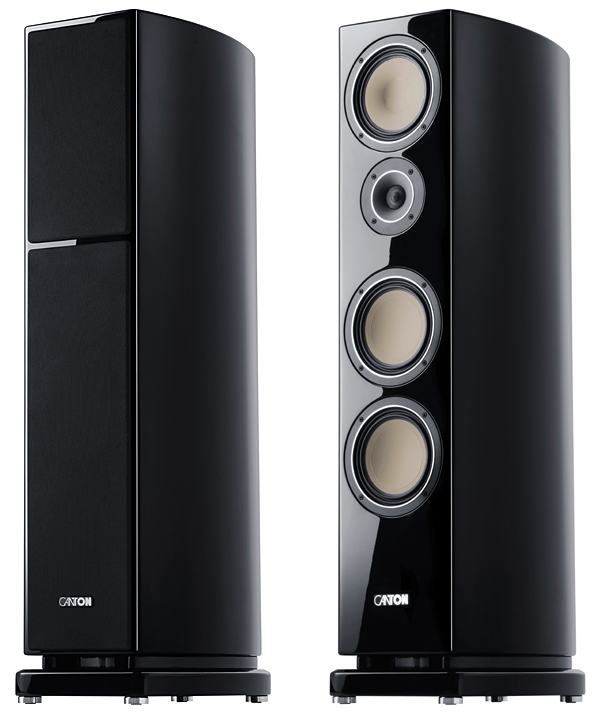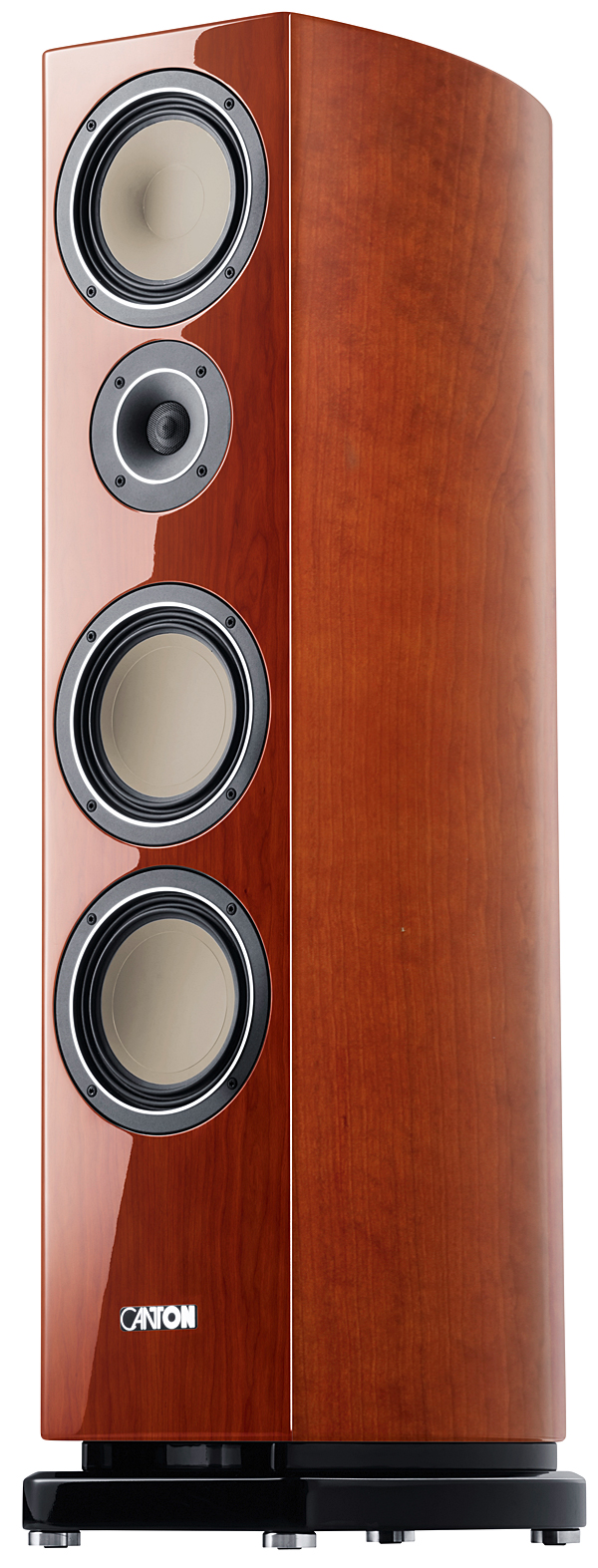| Columns Retired Columns & Blogs |
At least the name matches the price.
Looks very solid, though I wonder if the wider dispersion at 2kHz-5kHz could lean it towards the brighter side. With 7” drivers though it is impressive how well controlled the 3kHz crossover region is.











































